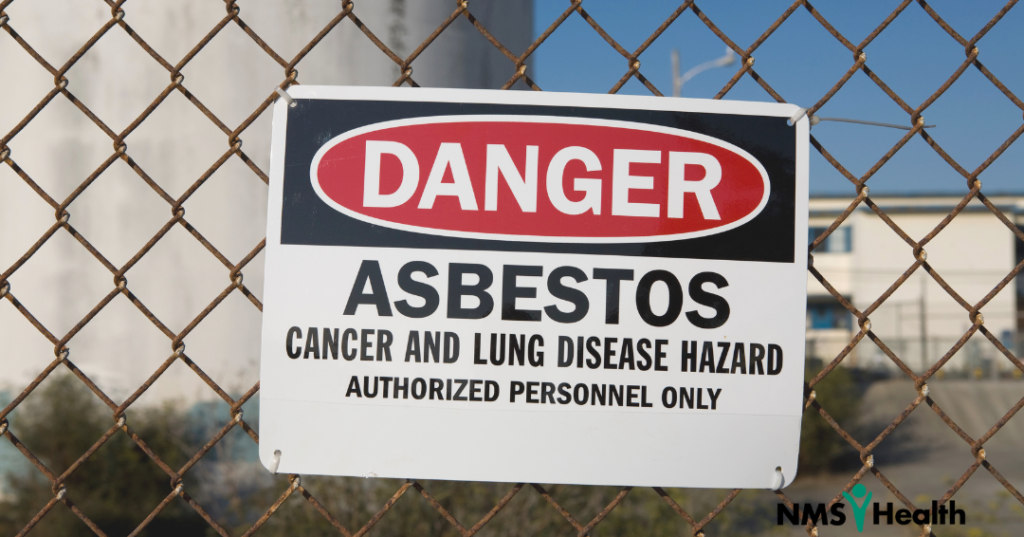The construction industry is changing, and one of the most notable shifts is the growing presence of Hispanic workers. From 2011 to 2023, the proportion of Hispanic construction workers nearly doubled, rising from 16.5% to 34.0%. This growth outpaces that of Hispanic workers in other industries and signals a major demographic shift in the sector.
While Hispanic workers play an increasingly vital role in construction, data suggests that they also face higher risks of workplace injuries. A new report from CPWR – The Center for Construction Research and Training highlights a staggering increase in fatalities among Hispanic construction workers, underscoring the urgent need for improved safety measures in the industry.
Analyzing 2011-2022 data from the Census of Fatal Occupational Injuries and the IPUMS Current Population Survey, researchers found that in 2022 alone, 408 Hispanic construction workers lost their lives on the job — a 107.1% increase since 2011. In comparison, fatalities among non-Hispanic construction workers increased by just 16.5% over the same period.
A Growing Presence in Construction — And Rising Risks
Hispanic workers now make up 34% of the U.S. construction workforce, more than double their share in 2000 (16.5%). They are also highly concentrated in high-risk trades, including:
- Drywall installation (75.2%)
- Roofing (63.9%)
- Painting (62.5%)
The growth in Hispanic participation is critical to the industry’s future, but it comes with serious safety concerns.
Why Are Hispanic Workers at Higher Risk?
CPWR researchers attribute the rising injury and fatality rates to a combination of workplace challenges that put Hispanic workers at a disadvantage. Language barriers often prevent workers from fully understanding safety procedures, while cultural factors and immigration-related concerns may also play a role. Additionally, many Hispanic workers are employed by small construction businesses — those with fewer than 20 employees — which tend to have fewer structured safety programs and limited access to training materials in Spanish.
These challenges put Hispanic workers at greater risk of both fatal and nonfatal injuries. The report found that from 2021 to 2022:
- 34.5% of nonfatal injuries requiring days away from work (DAFW) involved Hispanic workers.
- 47.3% of nonfatal injuries requiring job transfer or restriction (DJTR) involved Hispanic workers.
These numbers signal that Hispanic workers not only face a higher risk of fatal injuries. They also endure a disproportionate share of nonfatal injuries that impact their health, job security, and financial well-being.
Without proper resources and enforcement, these workers are often left vulnerable to workplace hazards, increasing their risk of serious injuries and fatalities.
What Can Employers Do to Improve Safety?
With fatalities on the rise, construction employers must take immediate action to close the safety gap. Some key steps include:
- Providing Bilingual Training – Safety programs should be available in both English and Spanish to ensure full comprehension.
- Strengthening Safety Resources for Small Businesses – Employers can use free safety materials from CPWR, OSHA, and NIOSH to support workers.
- Encouraging Open Communication – Creating a culture where workers feel safe reporting hazards without fear of retaliation is crucial.
- Targeting High-Risk Trades – Extra safety precautions should be prioritized for drywall installers, roofers, and painters, where Hispanic workers are highly concentrated.
Ready to elevate your workforce’s health? Partner with NMS Health for your occupational health screenings and vaccinations. With NMS Health, you are not just identifying and preventing future illness; you’re investing in a safer, healthier future for your team. Get started today!


